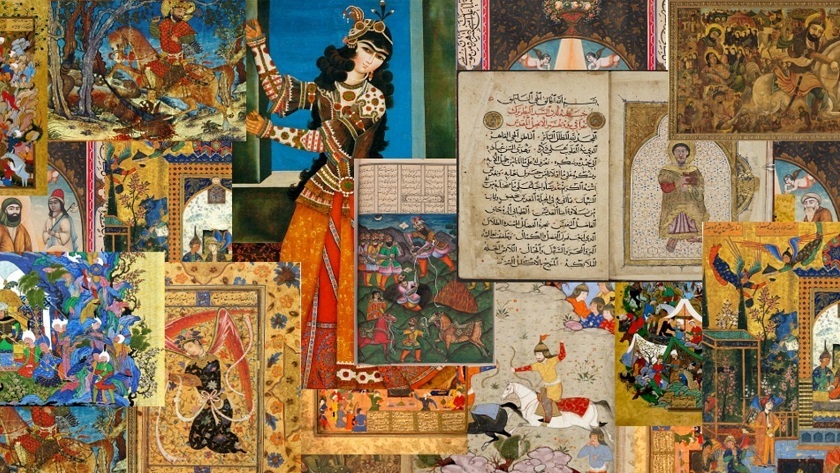Iran, a country with a rich tapestry of history and culture, has long been celebrated for its profound contributions to the world of literature and art. The poetic soul of Iran is deeply ingrained in its people, landscapes, and the very air that one breathes when walking through the ancient streets of cities like Isfahan, Shiraz, and Tehran. This article delves into the heart of Iran’s literary and artistic heritage, exploring the timeless beauty and profound influence of its poets, painters, and calligraphers.
The Literary Giants
Iran’s literary tradition is as old as the civilization itself. The country has produced some of the most revered poets in the Persian language, whose works have transcended time and geography to touch the hearts of millions worldwide. Among these literary giants are Ferdowsi, Rumi, Hafez, Saadi, and Khayyam, each of whom has left an indelible mark on the world’s literary landscape.
Ferdowsi’s “Shahnameh” (The Book of Kings) is an epic poem that encapsulates the history and mythology of ancient Persia. It is not just a literary masterpiece but also a symbol of Iranian identity and resilience. Rumi, a 13th-century poet, is celebrated for his mystical poetry that speaks of love, divine unity, and the beauty of the soul. His works, particularly “The Masnavi,” have been translated into numerous languages and continue to inspire people across the globe.
Hafez, the beloved poet of Shiraz, is known for his lyrical poetry that explores themes of love, wine, and mysticism. His ghazals (love poems) are filled with a deep sense of longing and spiritual quest, making him one of the most popular poets in Iran and beyond. Saadi’s moral stories and poems, collected in “Golistan” (The Rose Garden) and “Bustan” (The Orchard), offer profound insights into human nature and ethics.
Omar Khayyam, the mathematician-poet, is famous for his “Rubaiyat,” a collection of quatrains that reflect on the transient nature of life and the pursuit of pleasure. These works, translated and popularized in the West, have contributed significantly to the global appreciation of Persian poetry.
Visual Arts and Calligraphy
The visual arts in Iran are as rich and varied as its literature. Miniature painting, a delicate art form that flourished under the patronage of various dynasties, is characterized by its intricate detail and vibrant colors. These paintings often illustrated manuscripts of literary works, bringing the stories and poetry to life with exquisite beauty.
Calligraphy, the art of beautiful writing, holds a special place in Iranian culture. It is not just a means of communication but an expression of spirituality and aesthetic perfection. The Persian script, with its cursive elegance, has been used to adorn manuscripts, tiles, and architectural elements, showcasing the harmony between word and image.
Iranian architecture, too, is a testament to the country’s artistic prowess. From the stunning tilework of the Sheikh Lotfollah Mosque in Isfahan to the geometric precision of the Darb-e Imam shrine, Iranian buildings are masterpieces of design and craftsmanship. The use of calligraphy and geometric patterns in architectural decoration reflects the deep interconnection between art, spirituality, and daily life in Iran.
The Legacy
The poetic soul of Iran, embodied in its literature and art, is a testament to the enduring spirit of its people. Despite the vicissitudes of history, the works of Iranian poets and artists continue to inspire and provoke thought, reminding us of the universal themes that bind humanity together. The legacy of Iran’s literary and artistic heritage is a priceless gift to the world, a reminder of the power of beauty and the human spirit to transcend the barriers of time and space.
In conclusion, the poetic soul of Iran is a beacon of light that illuminates the path of human creativity and spirituality. Through its literature and art, Iran has contributed immeasurably to the cultural tapestry of the world, offering a glimpse into the depth and richness of its civilization. As we continue to explore and appreciate the works of Iranian poets and artists, we are reminded of the universal quest for beauty, truth, and the eternal questions of the human condition.
